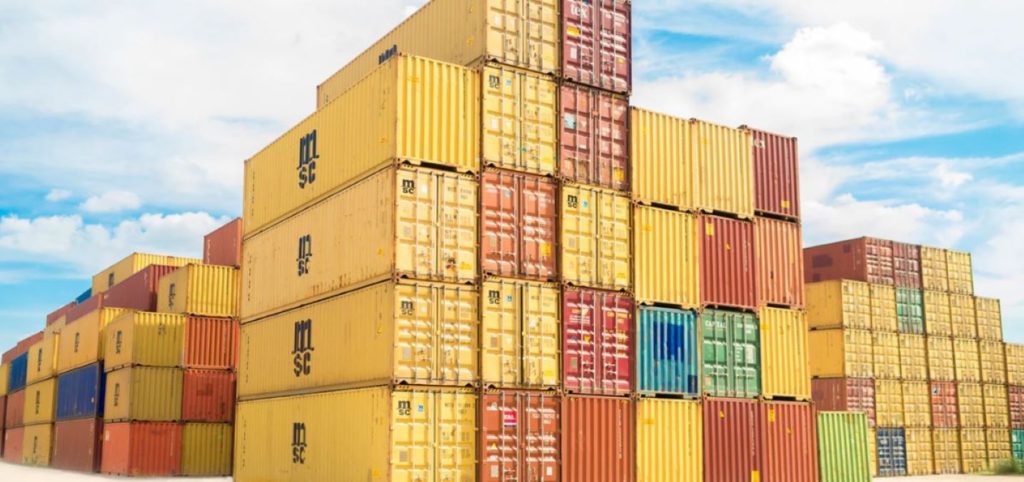The recognition of the common issues and the barriers to free trade and movement of merchandise in Africa is key.
Six months after the kick off of the African Continental Free Trade Area, the AfCFTA agreement which aims to improve intra-African trade and create one market on the continent of 1.2 billion people, its setbacks are firing up.
Aside from obvious barriers like the lack of free movement of Africans within Africa, poor road networks appear to be having greater effects on intra-trade.
- Africa building payment platform for trade to sustain AfCFTA before common currency
- AfCFTA shipping requirements and licences for Nigeria
- CBN on reducing the cost of cross-border payments through mobile money under AfCFTA
- Afreximbank surveys and discusses recapitalization, $33.6 billion SDR, fixing trade finance
Here is a review of the level of constraints on intra-trade in Africa caused by both the lack of free movement and road networks :
An overview of trade and movement in Africa
- Africa has a historical total of intra-trade export record as low as 16.6% which is nothing close to the 68% with Europe and 59% with Asia.
- Goods amounting to trillions move freely in and out of Africa and the possibility of having the same free trade within the continent is still hard in 2021.
- Travelling outside Africa and to the rest of the world is almost easier than travelling within which adds no advantage to the continent.
- Africa struggles to get homemade goods out of the continent. Hence, growing market shares like its importers is a competition it almost never wins.
The AfCFTA challenges Africa to reform its road network and means of transportation and eliminate all barriers.
The continent’s $3-trillion combined GDP that is expected to double by 2050 is at risk of slowing down by as much as 50% with these barriers.
New road networks in Africa may be the most practical facilitator of the movement of goods and people. If AfCFTA progresses, the continent could move from a low percentage up to about 50% on intra-African trade before 2050.
AfCFTA operational instrument of the Phase 1
The AfCFTA has five phases of implementation of the agreement already in execution.:
- The online negotiating forum
- The monitoring and elimination of non-tariff barriers
- A digital payment system
- The African Trade Observatory
- Rules of origin
